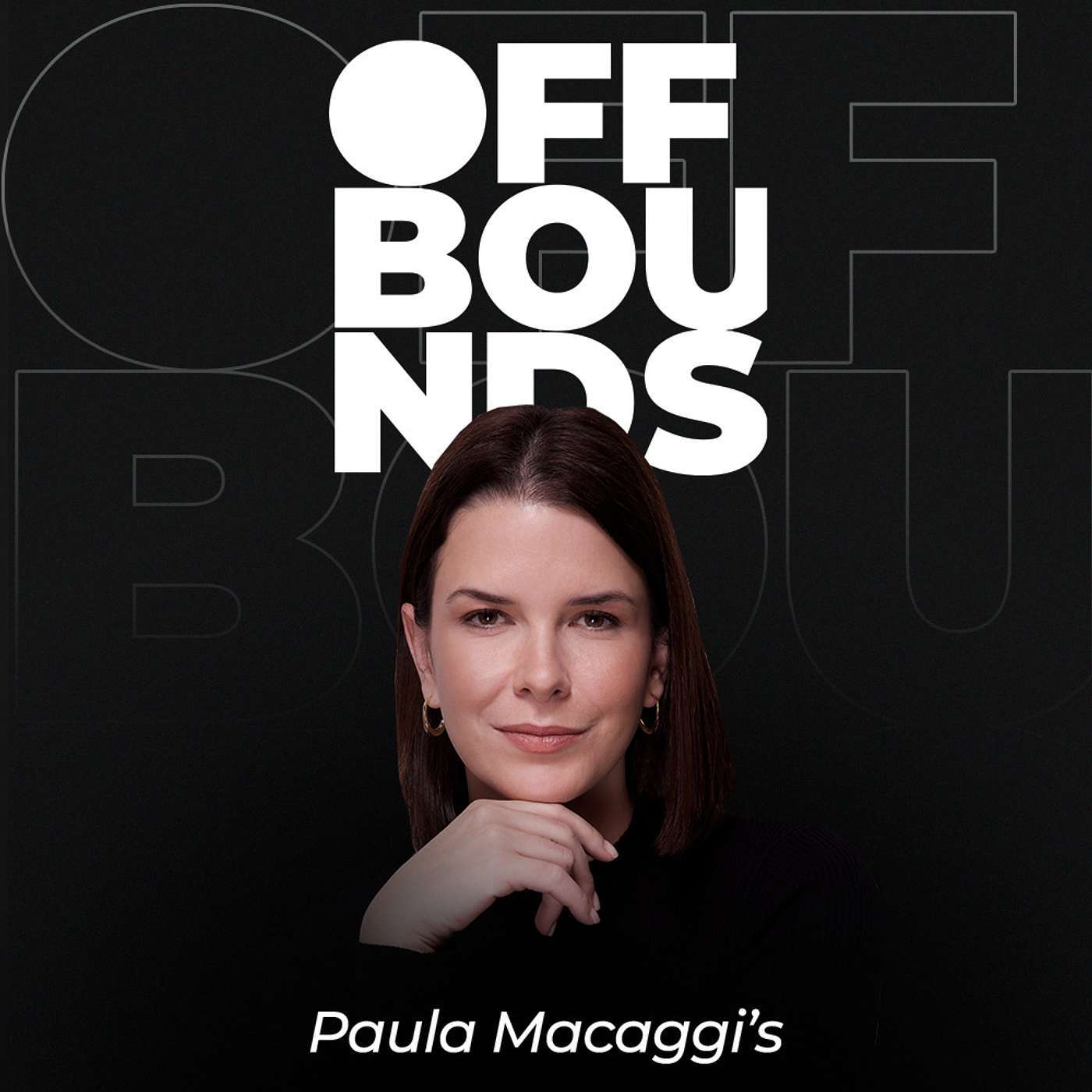
Pricing Heroes: The Retail Pricing Podcast for Practitioners & Executives
Pricing Heroes: The Best Retail Pricing Podcast for Practitioners and Executives
Your go-to pricing podcast for transforming strategy, boosting margins, and leading with confidence.
Pricing Heroes is the leading retail pricing podcast for pricing practitioners and retail executives focused on building smarter strategies, protecting margins, and earning customer trust. Each month, we feature exclusive interviews, case studies, and practical insights to help you implement the most effective pricing strategies for today’s retail environment.
Whether you're managing promotional calendars, navigating price perception, or scaling AI-powered pricing systems, Pricing Heroes offers the expert guidance and real-world perspective you need to lead with confidence.
🎙 Each episode includes:
- Expert Interviews: Candid conversations with top pricing professionals and retail innovators
- Case Study Analysis: Behind-the-scenes strategy breakdowns from across the industry
- Actionable Takeaways: Practical insights you can apply immediately in your organization
We explore the full landscape of pricing in retail — spanning e-commerce and in-store, global brands and regional players, and categories from fashion and grocery to electronics and beyond. Topics include:
- Innovative pricing technologies and emerging trends, like AI-powered pricing platforms
- Data-driven consumer behavior analysis
- Strategic solutions to complex pricing challenges
- Tactics to boost profit margins and market share
- Pricing topics making headline news
- Building and transforming pricing functions
Join a growing community of pricing professionals and industry leaders who tune into Pricing Heroes — the trusted pricing podcast for anyone shaping the future of retail strategy.
🗓 New episodes drop the last week of every month.
📲 Listen on Spotify, Apple Podcasts, Google Podcasts, or your favorite platform.
Sponsored by Competera — the leading pricing platform empowering retailers with AI-driven, customer-centric pricing solutions that maximize profitability while strengthening customer loyalty.
Pricing Heroes: The Retail Pricing Podcast for Practitioners & Executives
Emergency strategies to keep profit high in the inflation-shaken environment by Dr. Markus Husemann-Kopetzky
Our first guest is Dr Markus Husemann-Kopetzky - pricing advisor, researcher and educator, ex. Amazon Senior Manager for Pricing and Business Analytics, Founder of the Price Management Institute and author of the Handbook on the Psychology of Pricing and the (lovely) Pricing Nuggets.
Dr Husemann-Kopetzky has shared how some retailers win during uncertainty in the market and why an elasticity-based approach to pricing is the key to success.
----------
Dr Markus Husemann-Kopetzky's LinkedIn: https://www.linkedin.com/in/dr-markus-husemann-kopetzky/
Subscribe to the weekly newsletter "Pricing Nuggets" by Dr Markus Husemann-Kopetzky: https://pricingnuggets.com/
Book by Dr Markus Husemann-Kopetzky:
Handbook on the Psychology of Pricing: 100+ effects on persuasion and influence every entrepreneur, marketer and pricing manager needs to know
Check out our website https://competera.net/ and pricing solutions to supercharge your retail business.
More interviews with retail pricing experts are here.
----------
Get your free copy of Get Ready for the Future Of Pricing with our A-Z Guide.
For more information about AI pricing solutions, check out our Corporate sponsor Competera.ai.
Olena: Hello and welcome to the Pricing Heroes Podcast by Competera. This is a series of interviews with the best-in-class retail pricing experts who are driving their companies’ bottom-line metrics, and therefore the retail industry as a whole.
Our first guest is Dr. Markus Husemann-Kopetzky — pricing advisor, researcher, and educator, ex-Senior Manager of Pricing and Business Analytics at Amazon, Founder of the Price Management Institute, and author of The Handbook on the Psychology of Pricing.
In this episode, we discuss the current challenges of retail, how to cope with them and capitalize on opportunities, and the future of pricing. Hi Markus, thank you for joining us. Here comes the first question right away. As an expert, maybe you could shed light on—
Markus: Thank you for this excellent question. My expertise lies in the e-commerce space, so for companies selling online. I’ve observed that over the last 10-plus years, companies have moved more and more to a data-driven approach.
Why didn’t they stop with a data-driven approach? That would be an excellent question.
In most online stores, they started as a branch of the offline channel. So there’s a big brick-and-mortar store, and they founded a different legal entity — that’s their e-commerce channel. This e-commerce channel started with the same pricing approach as the brick-and-mortar store. But over the years, they grew bigger and became, more or less, the pricing lab for the brick-and-mortar store.
They developed more sophisticated models because they also had more data than if you were just working with scanner data. So they started with rule-based pricing rules — I don’t even want to call them algorithms. And then they moved on to machine learning and artificial intelligence, for example, based on price elasticity estimates to find the optimal price.
I think we haven’t reached full maturity yet. Either in breadth — not 100% of all companies are applying a scaled approach to pricing, not even a database approach. From one case study I did, they still upload an Excel sheet once a month with new prices, and they do billions in business — five-plus billion. That’s crazy.
And in terms of sophistication: companies that do use data are 100% using rules, but moving beyond rules is still work in progress. That’s what I see.
Olena: Thank you for sharing your vision on that. My second question actually comes from your answer.
You just mentioned the move towards artificial intelligence and machine learning as part of the transition to demand-based pricing. So the next logical step would be to go for personalized pricing. From your perspective, how do you see the future of pricing? Is personalized pricing needed, and how much time will it take to get there?
Markus: Yes. I think the future of pricing is bright, and I see a very scientific, bright future.
What I mean is: I don’t think we’re talking about individualized pricing where every single customer pays a different price for the same product.
But I do see three developments.
First, pricing will become more data-driven. It won’t just be the procurement department taking the procurement price, adding a target margin, and rounding it up to 99 cents. Demand, cross-price elasticities, and other factors will come into play.
Second, once applying data-based pricing, the models will become more sophisticated and more companies will really use them.
Third — and maybe I’m biased because I research a lot about psychological pricing — we will also see professional and conscious framing around prices beyond just changing the price number.
For example, if a quality-conscious customer goes onto a website, they want to see high-quality items first in their search results: strong brands, good reviews. Price-conscious customers want to see relevant results based on deals or sales.
Of course, we’ll also have individualized promotions. If you have 1,000 items on promotion, you cannot send an email listing all 1,000. You’ll pick out 30 items that have the highest probability of being purchased by that customer.
So you don’t change the sale price itself, but you make an individualized offer. On the marketing side, you can go further: you can send individualized rebates and discounts.
That means one customer receives a promotion for certain items, while their neighbor receives a different set. Both are fair, because each gets benefits matched to them. That’s what I see: more usage of data, more sophisticated models, and the move into the “soft art” of psychological pricing — optimized with hard analytical skills.
Olena: And if we look at individual pricing from the perspective of finding the optimal price for every customer based on shopping history and preferences, isn’t that a good move to enhance loyalty?
Markus: In that case, if you’re talking about individualized pricing at the individual customer level, you quickly run into perceptions of price unfairness.
You don’t want a situation — as happens in the airline industry — where you press the refresh button or open a secure page and suddenly find a lower price. That’s not cool.
If you frame it differently — for example: “Here are your personalized promotions. These items were selected for you, with special prices based on a clear rationale” — then customers may understand and accept why their prices differ from someone else’s.
But without that frame, people get a bad feeling.
You see this already in price comparison portals in Germany, like Idealo. If you click a link there, you might see a lower price than if you went directly to the vendor’s website. Even if you’re the one benefiting, you’re left with a bad feeling about fairness. You wonder whether you’ll benefit next time, and whether the seller’s behavior is fair overall. That leaves a negative impression.
That’s my passionate view on individual-level price discrimination.
Olena: I see. Thank you for clarifying. Let’s come back from the future to the current situation — which is shaken by so many challenges for retailers: inflation, supply chain disruptions, overstocks in the U.S., and so on. Speaking about challenges, what significant changes do you anticipate in the retail space?
Markus: I would say for the next few years, we face two major shocks: high inflation and supply chain disruptions.
First, high inflation together with supply chain disruptions means rising costs for retailers. Second, inflation is closely tied to fear of recession. Consumers earn less in net terms, because inflation eats up disposable income.
In inflationary or recessionary times, customers become more prudent. They avoid debt, save more, and postpone purchases of durable goods. If you don’t need a washing machine immediately, you wait until next year. The same goes for holidays — shorter trips, cheaper destinations, or postponing altogether.
Impulse purchases drop. Customers become less loyal to brands and stores and turn to discounters. They look for deals and lower prices.
In total, demand shifts: more toward entry-level products and private label, less toward branded products. In some cases, demand shrinks in unit terms but revenues don’t drop as much because inflation raises prices. Still, in real terms, margins fall.
That’s why we’ve seen profit warnings from Walmart and Target. Add in excess inventory costs, and margins are under pressure for the foreseeable future.
Olena: And how should companies react? If retailers want not just to survive but to grow and thrive, what should they do?
Markus: First, get an overview of what is actually happening. Not all retailers are affected the same. Some benefit — Zara, for example, is growing revenues and profits. Others are unaffected, like specialty sports companies where demand is steady.
I recommend creating what I call an “inflation information center.” Gather early signals and all relevant data to understand what’s happening now and what might happen next. Quantify the impact: how much are rising costs eating into margins, and for which products?
With this, you can identify headwinds and tailwinds, and bring your executive team onto the same page. Agreeing on the problem is key. Then you can define projects to address it, find funding, and manage those projects professionally — measuring their contribution.
That’s also how publicly listed companies can answer analysts who ask: “What are you doing about inflation?” You can show the data, quantify the impact, and present specific projects targeting the biggest drivers.
Olena: Thank you. So probably the secret to success is just “slicing the elephant.” I love the metaphor.
Markus: Exactly. If I had to summarize emergency strategies for profitability:
Run a profitability sprint. Identify unnecessarily low prices and raise them. Many retailers raise prices more slowly than competitors, ending up as the unintended price leader. Updating frequently avoids that. Also, implement elasticity-based pricing to capture willingness-to-pay.
Use price differentiation — through discounts, rebates, or different online/offline prices with a price-matching guarantee. Some friction is okay.
Manage procurement prices systematically. Use pricing and competitor data to negotiate with suppliers.
Those are the three immediate levers.
Olena: Great — thank you for outlining those strategies. Moving from global to the individual: many of your colleagues will be listening. What hard skills and soft skills should pricing managers have? And what advice would you give to those starting their careers?
Markus: For hard skills: a solid understanding of numbers and statistics. Knowledge of experiments and quasi-experimental design is key. Master’s-level statistics is very helpful.
Pricing teams are usually small and specialized, often isolated within companies. So they must be able to work with data directly — SQL skills, for example. BI teams can help, but pricing professionals must understand what they’re doing.
At Amazon, I even taught SQL to colleagues at one point. Pricing is hands-on — you need to manipulate and extract data yourself.
For soft skills: the ability to explain insights to non-technical colleagues. Most people don’t want to hear about t-tests — they want a clear story. You must frame data in business terms. Analysis for its own sake is useless.
So the perfect pricing manager is a “data-based storyteller.”
Olena: Thank you. Final question: what pricing resources inspire you? Books, podcasts, personalities?
Markus: I’m old school — I read books. They allow more depth than podcasts. I find inspiration from seasoned experts like Hermann Simon, Stephan Liozu, or Mark Ritson — “pricing celebrities,” you could say.
I try to read every new pricing book. Currently, I recommend The 1% Windfall for explaining the value of pricing, and Pricing for Growth by Jeff Robinson, which I’m reading now. But ask me next week and I might name another!
Olena: Thank you once again. This was 30 minutes of pure pleasure and so much information.
Markus: Thank you. I really enjoyed the interview.
Olena: Thank you. It was a pleasure. Please connect with our guest on LinkedIn and check out his books on Amazon. And of course, check out Competera’s website and follow us on LinkedIn and Twitter to stay updated on pricing trends and solutions.
All the links are in the episode description. Ciao, and until next time.
Podcasts we love
Check out these other fine podcasts recommended by us, not an algorithm.

Pricing Evolution Podcast
Brendan Hodge
Impact Pricing
Mark Stiving, Ph.D.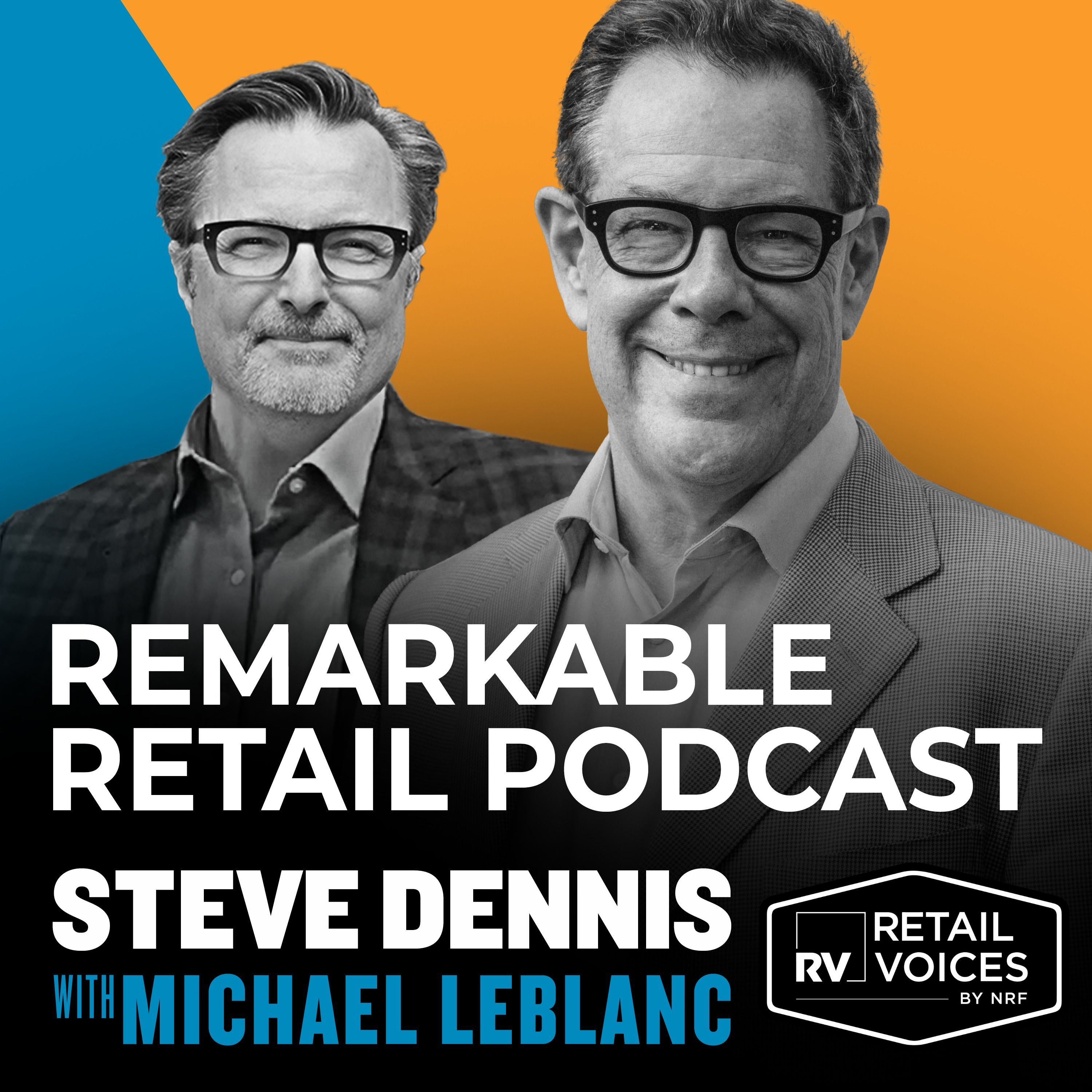
Remarkable Retail Podcast
Michael LeBlanc, Steve Dennis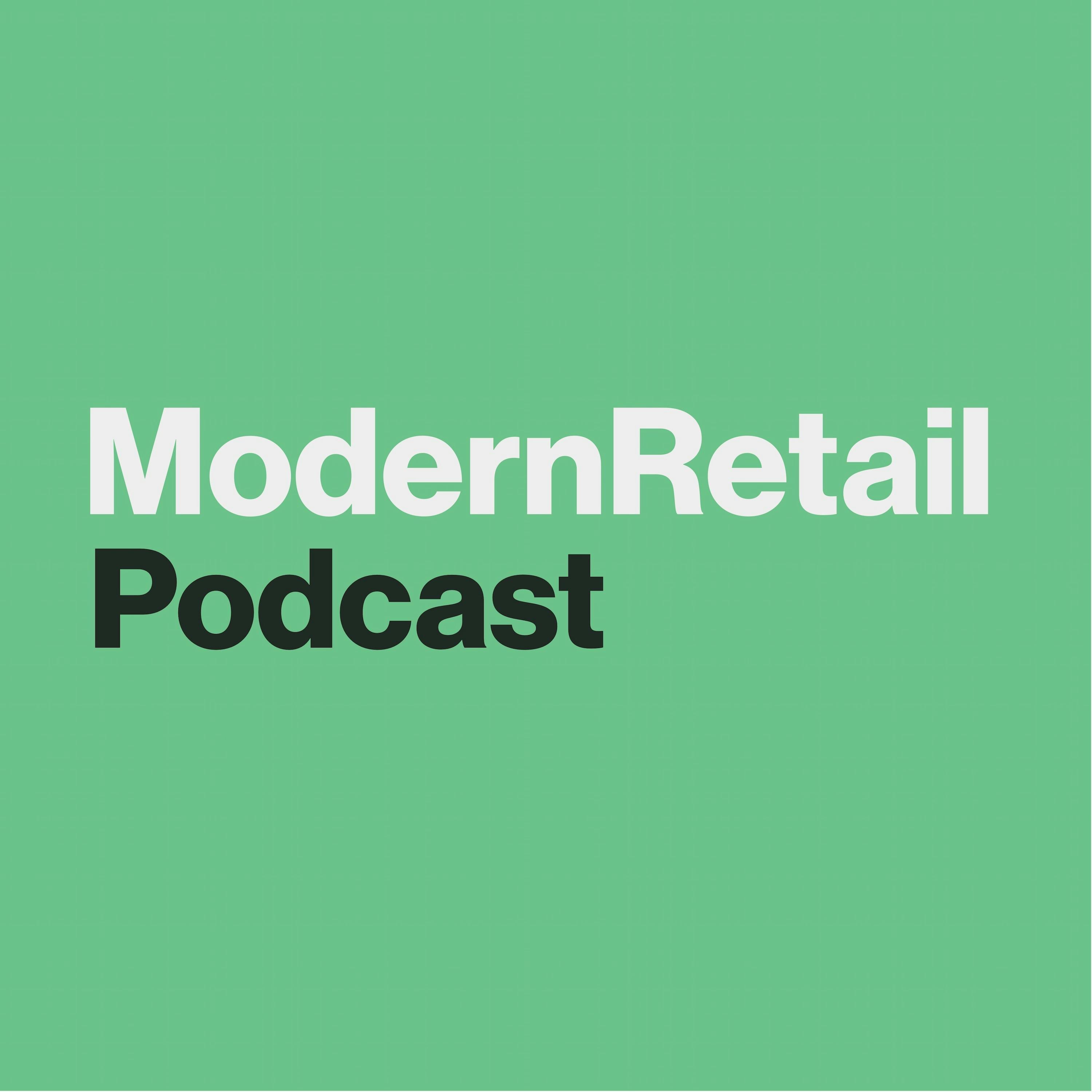
The Modern Retail Podcast
Digiday
Let's Talk Pricing Podcast
The Professional Pricing Society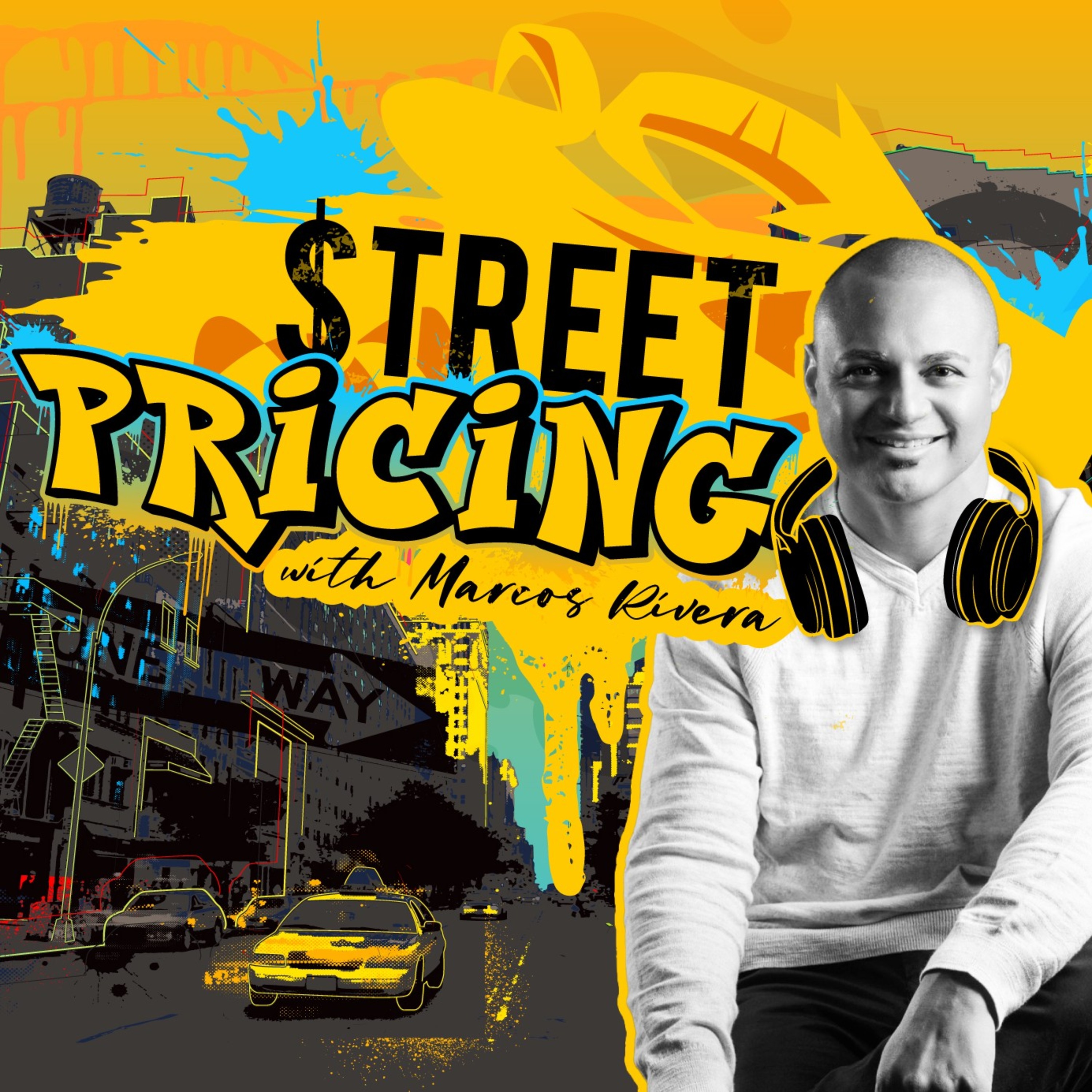
Street Pricing with Marcos Rivera
Marcos Rivera
Rooted in Retail
Crystal Vilkaitis
The FMCG Guys
Dwyer Partners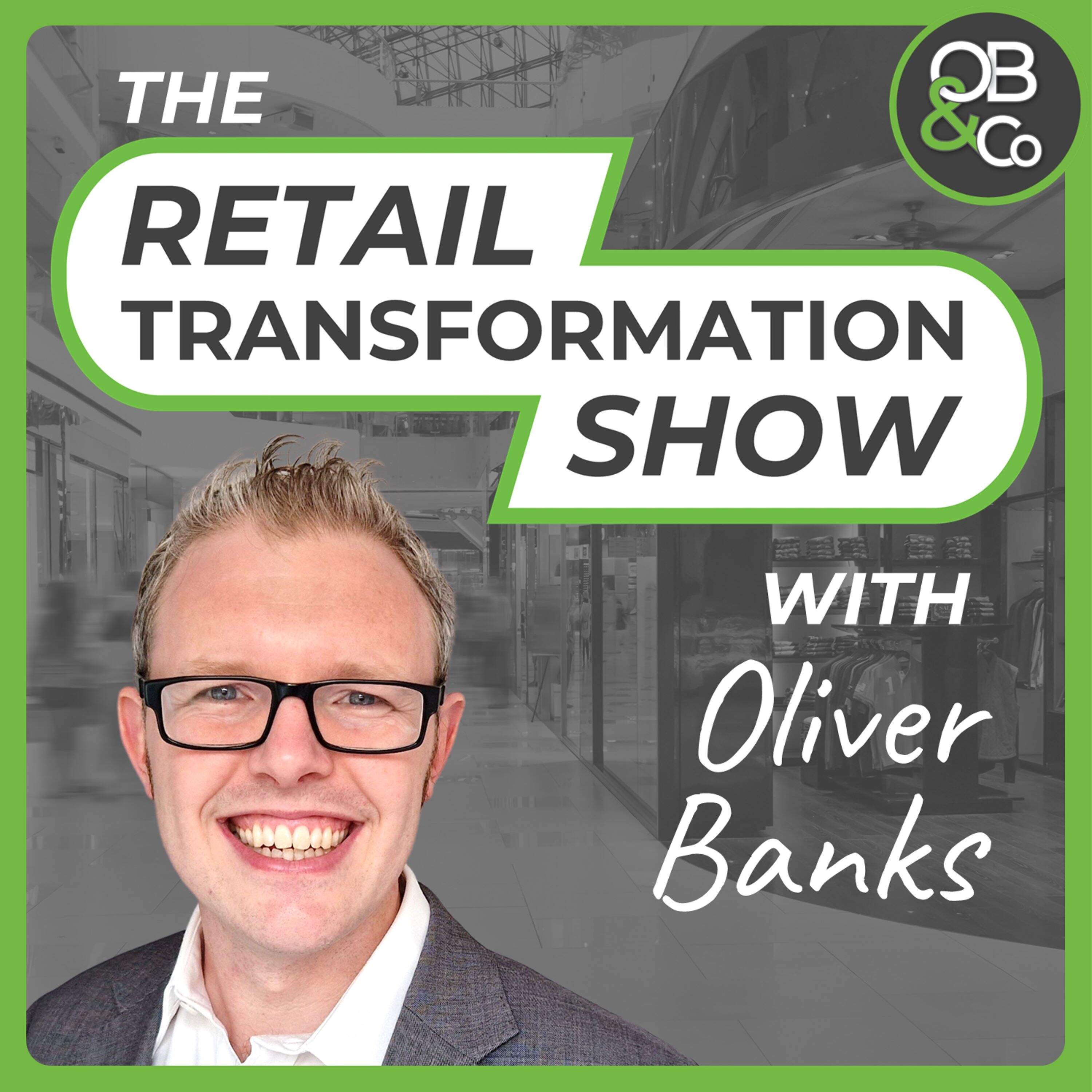
Retail Transformation Show with Oliver Banks
Oliver Banks